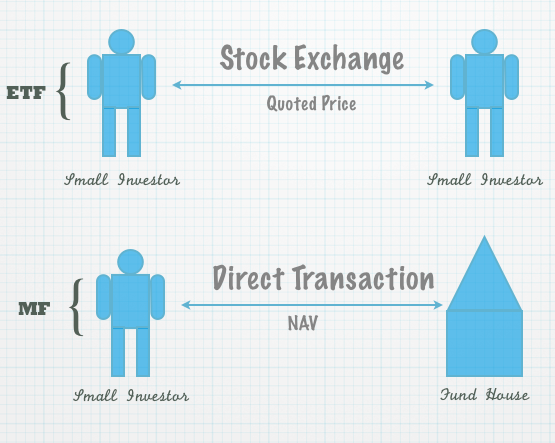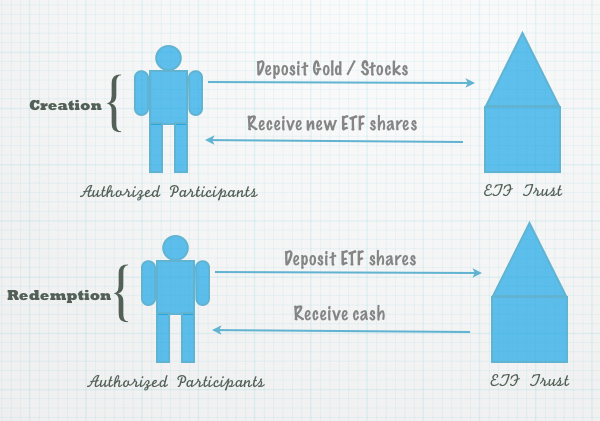The Q2 2011 GDP estimates came out yesterday, and I thought it will be a good time to do a post on how the GDP numbers are calculated in India.
GDP is calculated by the Central Statistics Office and the first set of numbers that come out are the quarterly estimates, which are later revised to show the final numbers.
This information is released on the Ministry of Statistics and Programme Implementation website, and you can access it there on the right side in the “Latest News” section.
GDP can be calculated in several ways, and in India the GDP is calculated in two different ways, and then one number at market prices and the other one at inflation adjusted prices.
So, effectively, every time the GDP is released, there are 4 different numbers for GDP that are released. If you see the latest release, you will find the following four GDP estimates in the report.
| GDP Criteria |
Q2 2010
|
Q2 2011
|
Growth Rate
|
QUARTERLY ESTIMATES OF GDP AT FACTOR COST IN Q2 (JULY-SEPTEMBER) OF 2011-12
(at 2004-05 prices) |
1,148,472
|
1,227,254
|
6.9%
|
| QUARTERLY ESTIMATES OF GDP AT FACTOR COST IN Q2 (JULY-SEPTEMBER) OF 2011-12(at current prices) |
1,685,793
|
1,955,880
|
16.0%
|
| QUARTERLY ESTIMATES OF EXPENDITURES OF GDP AT MARKET PRICES IN Q2 (JULY-SEPTEMBER) OF 2011-12 (at 2004-05 prices) |
1,237,610
|
1,321,038
|
6.7%
|
| QUARTERLY ESTIMATES OF EXPENDITURES OF GDP AT MARKET PRICES IN Q2 (JULY-SEPTEMBER) OF 2011-12 (at current prices) |
1,801,957
|
2,085,315
|
15.7%
|
GDP AT FACTOR COST
If you see the table above, you will see that the first row contains what’s called the GDP at Factor Cost at 2004 – 05 prices, and from the growth rate of 6.9% – you can see that this is the number that is reported in the media.
This number is derived from using the Production approach and this method breaks down the economy into different sectors and then computes the value that has been added in each sector.
For the latest year, this is the table that shows this value.
| Industry |
GDP Q2 2011 – 12 (Rs. in crore)
|
| Agriculture, forestry and fishing |
135,789
|
| Mining and quarrying |
24,774
|
| Manufacturing |
192,849
|
| Electricity, gas and water supply |
25,137
|
| Construction |
95,489
|
| Trade, hotels, transport and communication |
342,080
|
| Financing, ins., real est. and business services |
230,627
|
| Community, social and personal services |
180,511
|
| GDP at factor cost |
1,227,254
|
Looking at the data this way is useful to see which sectors of the economy are growing, and which are lagging.
These numbers are at 2004 – 05 base prices which means they have been adjusted for inflation and the same numbers are calculated at current market prices as well, and that’s what’s shown in the second row of the first table.
Expenditures of GDP at Market Prices
The second way of calculating GDP is called the Expenditure Approach and this method aggregates the following things:
- Household final consumption expenditure (C): This is the expenditure incurred by Indians on consuming goods and services.
- Government expenditure (G): This is the money spent by the government on its activities.
- Gross Capital Formation (I): This is the investment that’s taking place in the economy.
- Exports Less Imports(X): The value of exports minus imports in that time period.
You will see this denoted as: GDP (Y) = C + I + G + X
This is how the latest numbers looked like:
| Item |
2011 Q2 |
| Private Final Consumption Expenditure (PFCE) |
785,463 |
| Government Final Consumption Expenditure (GFCE) |
140,883 |
| Gross Fixed Capital Formation (GFCF) |
402,994 |
| Change in Stocks |
45,499 |
| Valuables |
37,681 |
| Exports |
333,947 |
| Less Imports |
395,512 |
| Discrepancies |
-29,918 |
| GDP at market prices |
1,321,038 |
Since GDP is calculated using two different methods – both the numbers are different, and this is true for every time period.
Looking at the data this way shows you which parts of the economy contribute the most.
So, from this table you can see that consumption forms the major part of the Indian economy and that’s the reason we remain relatively insulated when there is a global slowdown. If you saw the numbers for an economy that had a lot more exports than imports then that would be impacted a lot more than India got impacted during the last recession and even now.
That’s what happened in China, and to overcome the slowdown they had from exports they boosted government spending which in turn boosted the GDP growth.
Conclusion
Both sets of numbers are useful to look at, and which number you look at depends on what you are trying to identify. To look at how various industries are doing – GDP at factor cost is useful, and to look at the impact of macro policies – the second table is useful since it shows if investments have slowed down, or the government spending has increased and those type of things.
More significantly, people are looking for trends in these numbers, and the trend has been terrible of late.
I tweeted this out earlier in the day, which I think sums up the situation quite clearly.
“6.9%, 7.7%, 7.8%, 8.3%, 8.9%, 9.3%, 9.4% –> India GDP growth each qtr, last 7 qtrs. Serious downwards slide.”
The slowing growth is not getting enough attention and I hope this slide is halted before it comes close to a point where you’re actually looking at a contraction in the economy.
This post is from the Suggest a Topic page.Â


